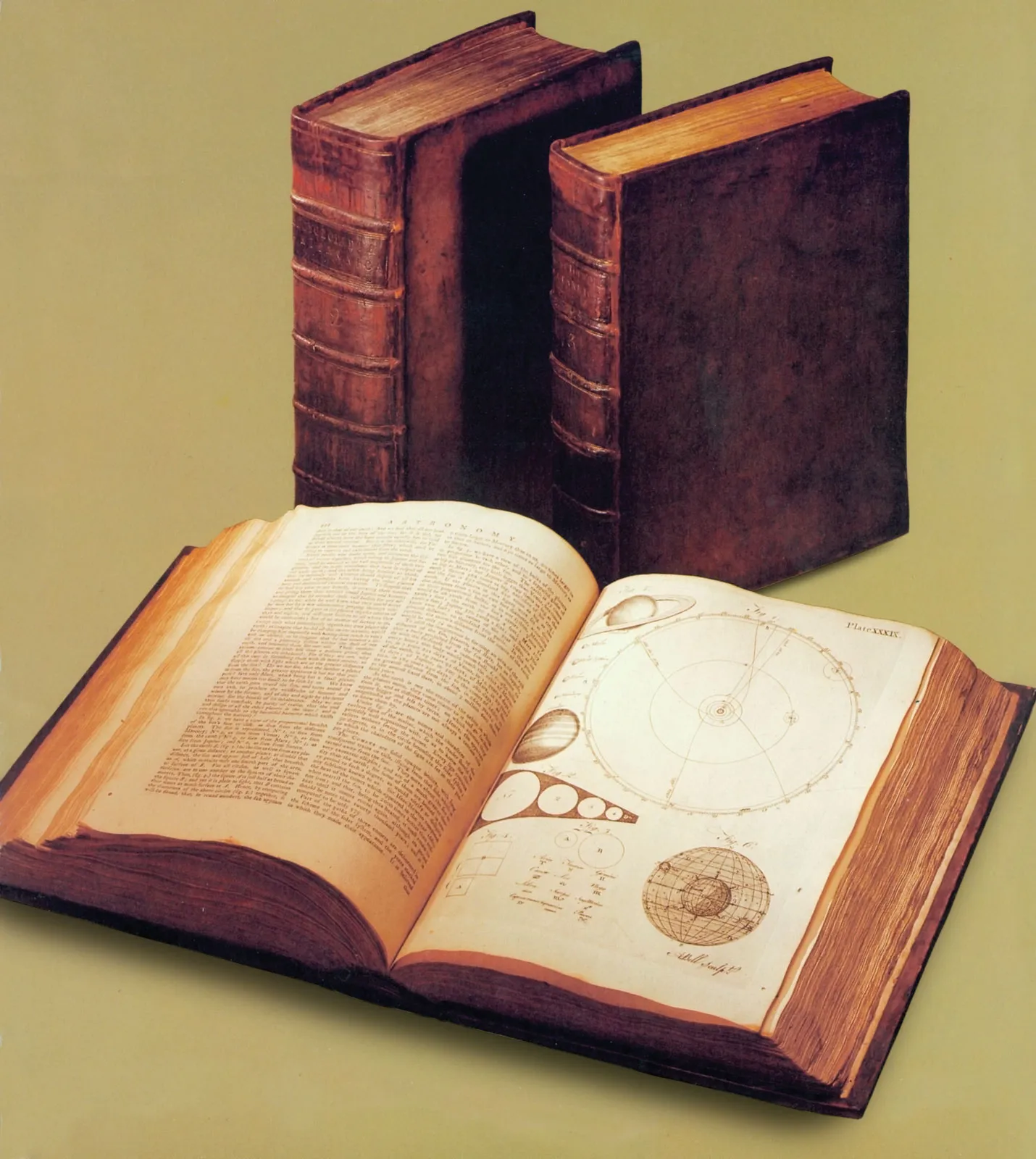
The word 'encyclopaedia originates from the Greek term enkuklios paideia, which means general education. Though the concept of an encyclopaedia existed since ancient times, the term came to be used only in the 1500s.
An encyclopaedia is a voluminous body of reference work containing general information about a range of topics or on various aspects of one particular subject. The information is contained in the form of articles, which are arranged alphabetically, in a single book or in a series of volumes. To access the information. one has to look up the topic, as one would do in a dictionary.
Ancient Volume
Pliny the Elder's Naturalis Historia, an encyclopaedia of 37 books covering natural history. geography, medicine, architecture and many other facets of the ancient world, is an important work of the Roman Empire to have survived to the modern day.
Pliny the Elder, a Roman scholar, was a naval and army commander of the Roman Empire in the first century AD. In his spare time, he studied books written by experts on various subjects. Based on his research, he compiled the Naturalis Historia, an encyclopaedia of 37 books covering natural history, geography, medicine, architecture and many other facets of the ancient world. The encyclopaedia is an important work of the Roman Empire to have survived to the modern day. It listed 20,000 facts from 2000 different works by 100 authors. Pliny's tome became the model for modem encyclopaedias -it laid the ground rules for providing in-depth knowledge about the subject matter, reference of original authors and detailed indexed lists of the contents.
John Harris, a London clergyman, introduced the concept of the alphabetical order in modern encyclopaedias in his work Lexicon Technicum (1704).
Oriental tome
Classic Chinese encyclopaedias documented the economic, social, cultural and political history of the land. One of the largest encyclopaedias in the world was commissioned by the Chinese Ming emperor Yongle in 1403. Two thousand scholars worked tirelessly for five years to compile 22.937 manuscript rolls into 11,095 volumes. Given the vastness of the encyclopaedia, it could not be block-printed and hence only three handwritten copies were made. Only 400 volumes of the original manuscripts have survived. They are preserved in national libraries and private collections around the world.
The modern age
The modern encyclopaedia with its systematically organised information appeared around the 18th Century.
One of the first general encyclopaedias in English was the popular Cyclopaedia, or a Universal Dictionary of Arts and Sciences (1728), produced by Ephraim Chambers. It provided cross-references to the alphabetically arranged articles, making it easier for the reader to access relevant information.
The Encyclopédie, edited by Denis Diderot and Jean le Rond d'Alembert is a landmark in the history of encyclopaedias. What was originally meant to be a French translation of Cyclopaedia turned out to be a significant literary work reflecting the essence of French Enlightenment.
Published between 1751 and 1780, it featured contributions of leading French thinkers such as Voltaire, Rousseau, and Montesquieu. The Encyclopédie had a tremendous impact on society in the years leading up to the French Revolution (1789).
The Encyclopædia Britannica was first printed between 1768-71 in Edinburgh, Scotland. The edition consisted of three volumes with 2,391 pages. Over time, it expanded to include over 30 volumes covering 50,000 topics.
Britannica published its 15th and final edition in 2010. Now its encyclopaedic knowledge is available exclusively in digital formats
To date, Encyclopædia Britannica is seen as an excellent reference book in the world of general encyclopaedias.
Personalities such as Walter Scott, Sigmund Freud, Albert Einstein, Marie Curie and Harry Houdini have contributed articles to it. The last edition featured contributions of Desmond Tutu and Bill Clinton.
QUICK FACTS
*The Encyclopædia Britannica was first printed between 1768 and 1771 in Edinburgh, Scotland. It consisted of three volumes with 2,391 pages.
* Over time, it expanded to include over 30 volumes covering 50,000 topics.
*The Encyclopedia Britannica published its 15th and final edition in 2010. Now its encyclopaedic knowledge is available exclusively in digital formats.
Picture Credit : Google




